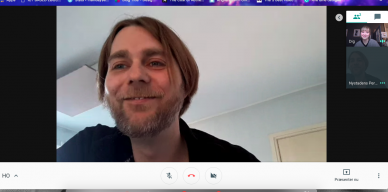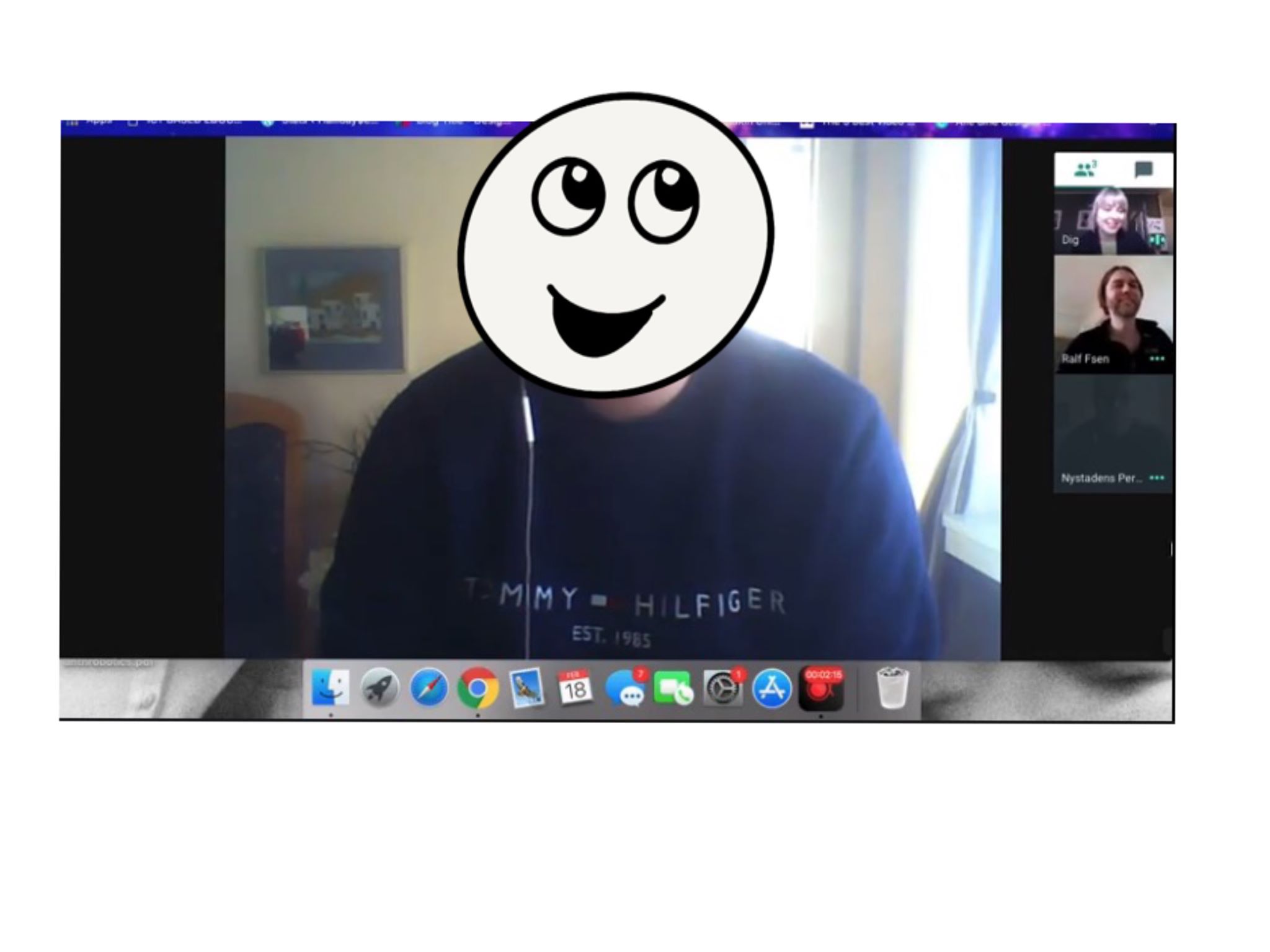So it seems only appropriate to start off with letting you know a little bit about me and what you are about to read. My name is Kamilla and I am an educated pedagogue, who next to my studies, work in an afterschool program with teenagers. This blog post is about the adventures I had while playing my way through online dialogue and learning that teaching or facilitating a dialogue can be really fun.
Firstly let me admit that venturing into what I almost fearfully considered the vast universe of teaching might have caused me to shake in my boots just a little bit. See, being a pedagogue by day your primary focus is usually the child’s well-being, social and diverse development, whereas a word like “teaching” quickly becomes such a painfully formal and authoritarian word in my “let’s pay the rules no mind” kind of ears.
But color me intrigued when suddenly words like “playful” and “dialogue” were thrown into the mix. Slowly but safely learning about what facilitating a playful online dialogue could entail, got the mind running wild with thoughts and ideas on how that could be done in a way that made sense to my inner pedagogue (and slightly anarchistic chaotic personality).
Like I mentioned this task had me a bit flummoxed at the beginning, which is why I called upon my very capable student colleague Ralf. As part of the preparation for an online dialogue, I and Ralf got very meta in our approach, as we started out having an online dialogue about how to do an online dialogue. We decided to get some practice by running a dry test on a playful learning dialogue one-to-one using the video conferencing system Google Hangout. We will take turns being either the facilitator or the student.
Preparing and conducting an online test dialogue
We chose to go with something relevant to our current studies, “how to conduct an individual interview”. Now, I realize that might not sound like the most exotic or fun subject to have set our minds on, but in a way, it could be exactly that.
Let me clarify. In the process of learning about dialogue we were introduced to many different theories and one thing, from the immense amount of reading we did, really stuck with me. The cited thoughts of Buber on dialogue and education.
“Dialogue is fundamental to the formation of the individual. It’s through the talking together that we become human to each other.”
With those thoughts in mind, it makes sense to combine the two subjects of online dialogue and of the individual interview, especially since the interview we later were to conduct in a different context is to be based on the respondent’s personal worldview and experiences. Exciting stuff. But I digress, back to preparations.
During our test run, we quickly learned that many things could be better.
Pesky practical details like the angle of my camera, making sure the lighting was just right by sitting in front of the window instead of next to it and also making sure I was visible enough on screen. Also, an aspect a bit harder to fix is practicing your listening skills. Ralf politely implied that it might be a good idea for me to look at the participant while talking to him. Go figures.
So now after some fantastic trial and error sessions and a great deal learned, we were ready to start planning for our actual online dialogue.
Ralf, being both a teacher and a pedagogue (jeez, what a show-off) has a lot of experience in teaching which we, together with the theory learned on PLD, put to good use. We recruited one of Ralf’s coworkers, who was eager to learn more about using online services like Google Hangout. This became the object of our design, using Google Hangout and Calendar in an educational context.

Then came the big moment to shine – The actual online dialogue
The session went mostly without hiccups. We followed the structure planned beforehand, yet left room to dive into impromptu questions and ideas. Using the features of Google Hangout made for a very smooth dialogue, while it almost felt like the learning part was sneaked in without anyone knowing. We used Hangouts “share screen” feature to go through the technical parts of the Google services. This prompted our participant to a dialogue on the potential for using a video conferencing system in a pedagogical context. He even expressed how easy it all seemed and basically implied that even his *cough* older colleagues would be able to use these services in their working lives.
The great Captain Hindsight moment (better known as reflection)
All in all the entire process of learning, planning, trying, doing and reflecting was a great learning experience. The takeaway for at least myself must have been the fact that even though this learning process might have seemed like an almost scary task at first, it pays off to dare try your hand at something new while being willing to learn from your mistakes. There is for sure still much to learn and I for one am excited to jump into the deep end one more time.

